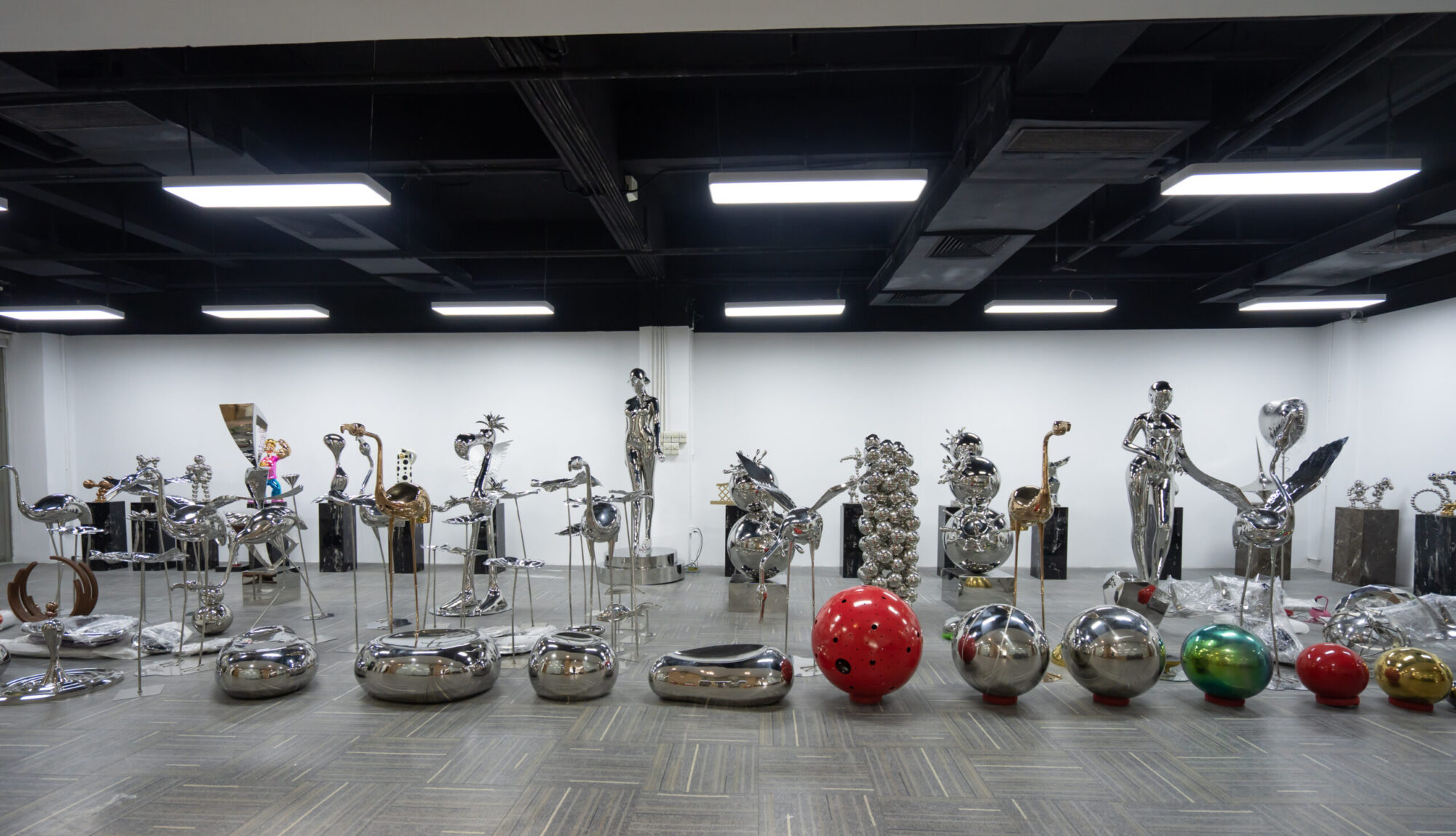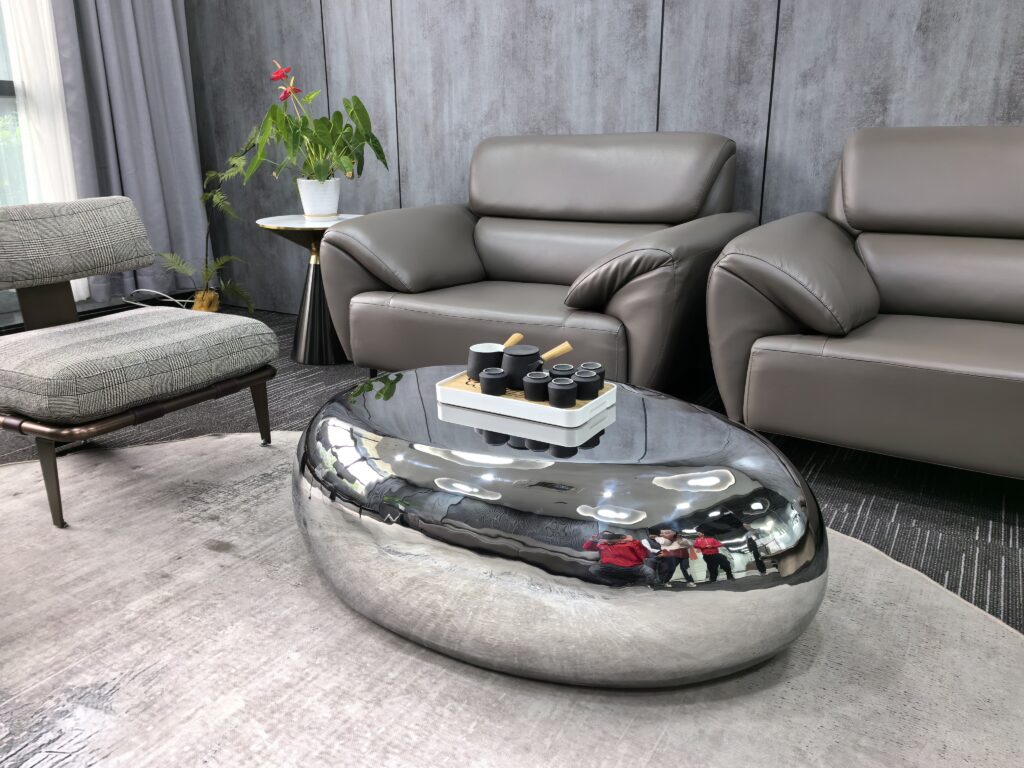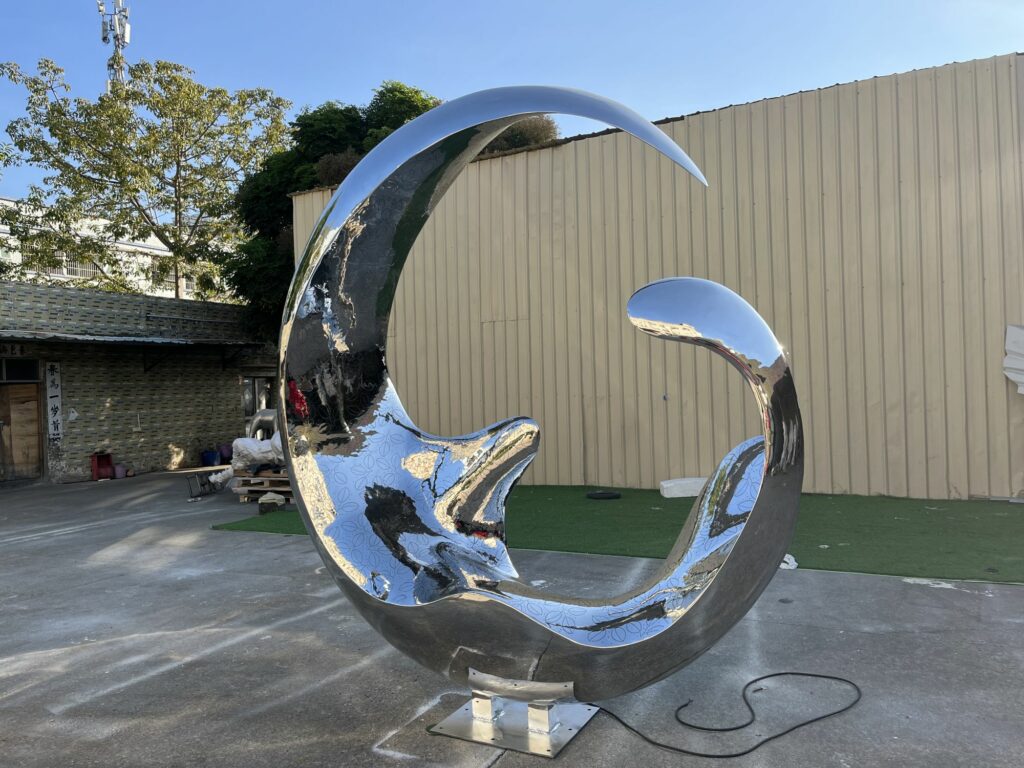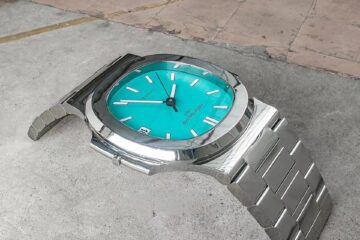The material difference between stainless steel sculpture 304 and 316

316 and 316L are both American grades of stainless steel, corresponding to 0Cr17Ni12Mo2 and 00Cr17Ni14Mo2 in GB1220 respectively. It can be seen from L and double 0 that L is low in carbon content. The former is less than 0.08 and the latter is less than 0.03. The difference between 304 and 304L , similar to the above, 304 and 304L are both American brands, corresponding to 0Cr18Ni9 and 00Cr19Ni10 respectively, and the carbon content is less than 0.07 and 0.03 respectively. The essence is different: the content elements are different, as some students have already written. Different uses: 304 is mostly used for household use, commercial kitchens, and general decoration; 316 is mostly used for food storage tanks, ship supplies, and medical equipment. The price is different: 316 is about 1 times the price of 304, raw materials. Different anti-corrosion capabilities: In the same environment, 316 is more resistant to acid and alkali. (Therefore, it is recommended to use 316 in coastal areas) Characteristics of 316 Commonly used types of stainless steel are: 201 202 304 316. 316 and 317 stainless steel (see below for the performance of 317 stainless steel) are molybdenum-containing stainless steels. The molybdenum content in 317 stainless steel is slightly higher than that of 316 stainless steel. Due to the molybdenum in the steel, the overall performance of this steel is better than that of 310 and 304 stainless steel. Under high temperature conditions, when the concentration of sulfuric acid is lower than 15% and higher than 85%, 316 stainless steel has a wide range of uses. 316 stainless steel also has good resistance to chloride attack, so it is often used in marine environments. The maximum carbon content of 316L stainless steel is 0.03, which can be used in applications where annealing cannot be performed after welding and where maximum corrosion resistance is required. Corrosion resistance: The corrosion resistance is better than that of 304 stainless steel, and it has good corrosion resistance in the pulp and paper production process. Moreover, 316 stainless steel is also resistant to corrosion from the ocean and corrosive industrial atmosphere. Heat resistance: 316 stainless steel has good oxidation resistance in intermittent use below 1600 degrees and continuous use below 1700 degrees. In the range of 800-1575 degrees, it is best not to continuously use 316 stainless steel, but when 316 stainless steel is used continuously outside this temperature range, the stainless steel has good heat resistance. The resistance to carbide precipitation of 316L stainless steel is better than that of 316 stainless steel, and it can be used in the above temperature range. The heat treatment is annealing in the temperature range of 1850-2050 degrees, followed by rapid annealing and then rapid cooling. 316 stainless steel cannot be hardened by heat treatment. Welding 316 stainless steel has good welding performance. Welding can be carried out using all standard welding methods. When welding, 316Cb, 316L or 309Cb stainless steel filler rods or welding rods can be used for welding according to the purpose. In order to obtain the best corrosion resistance, the welded section of 316 stainless steel needs to be annealed after welding. If 316L stainless steel is used, post-weld annealing is not required.






0 条评论